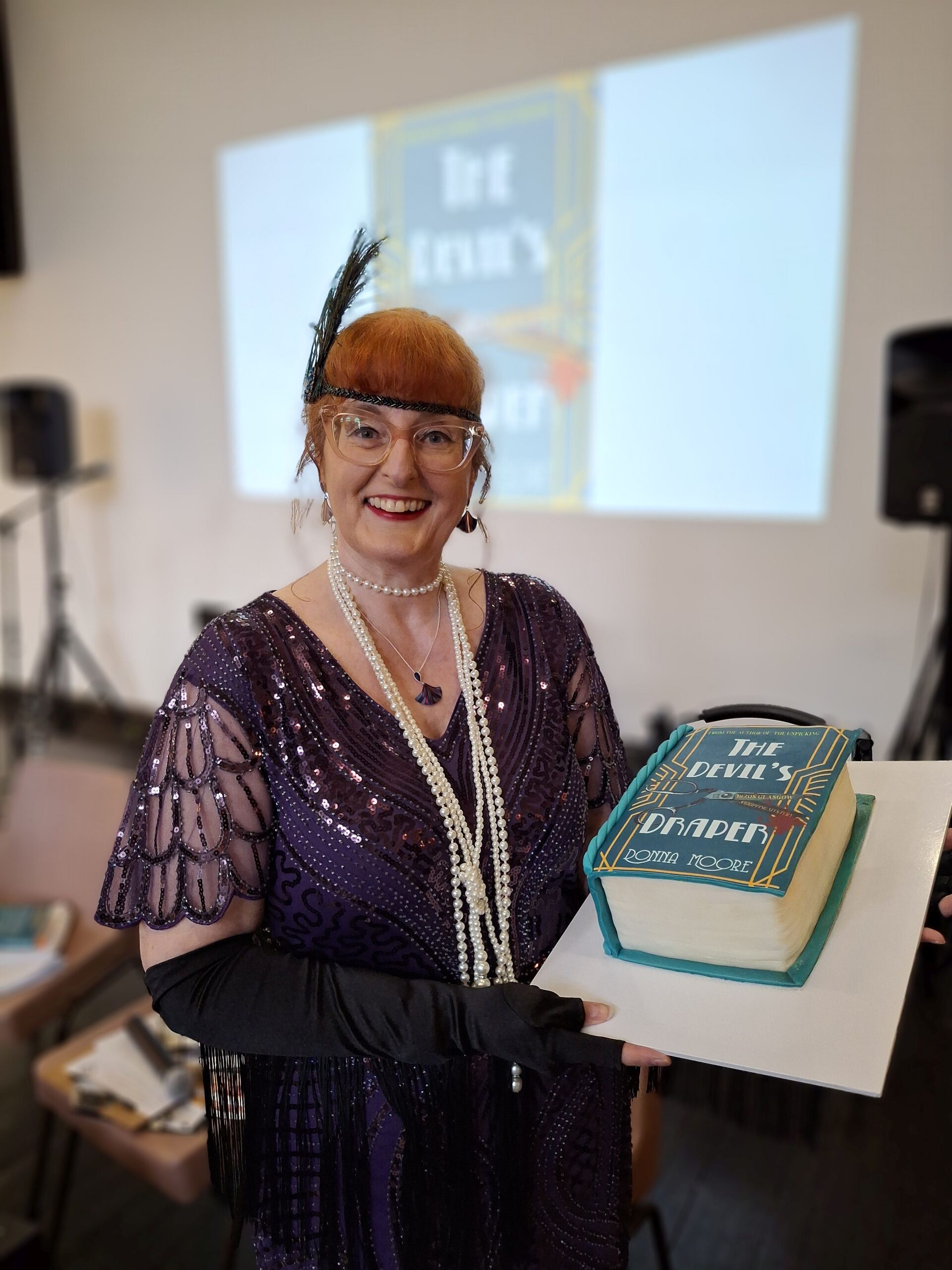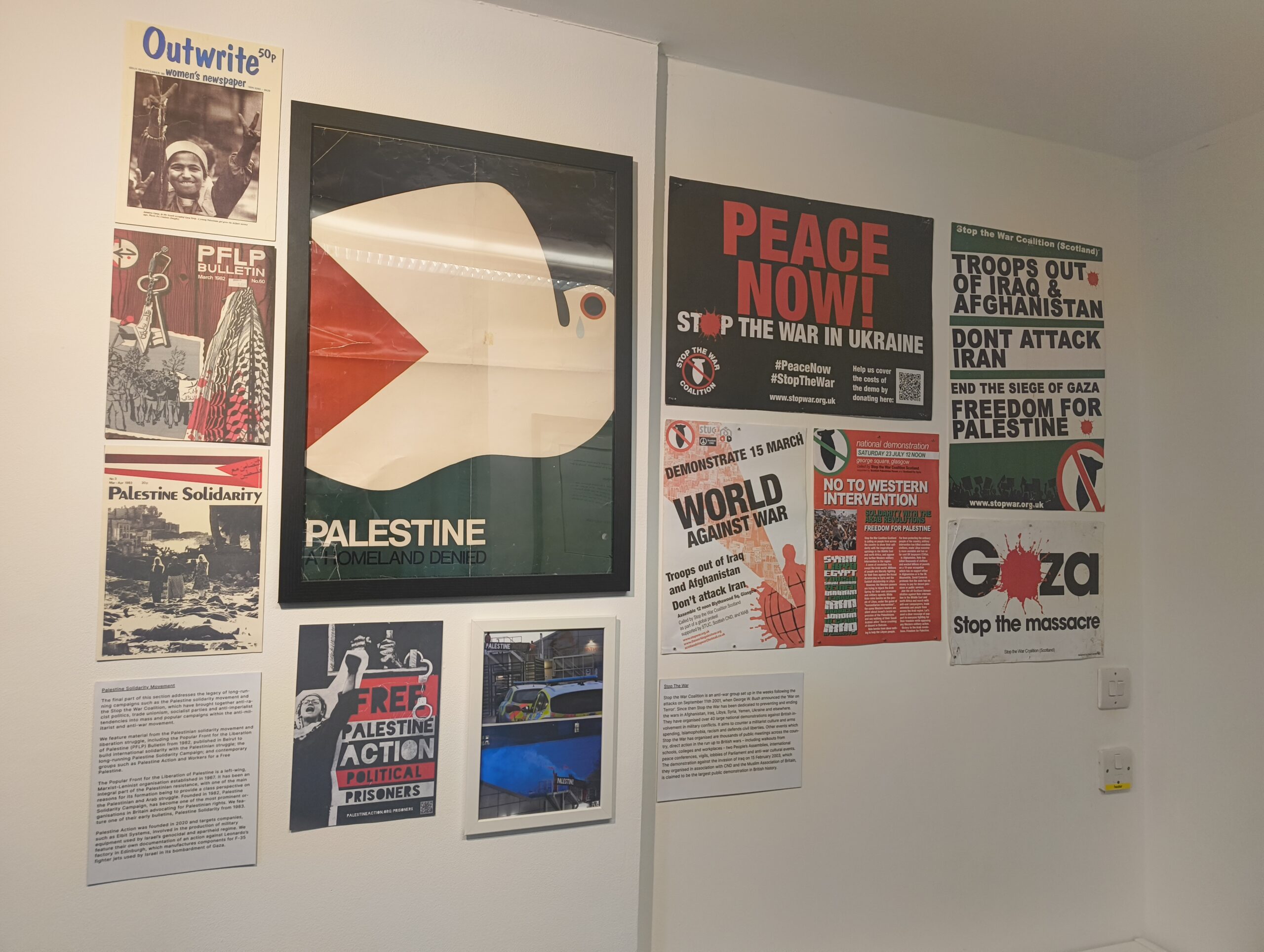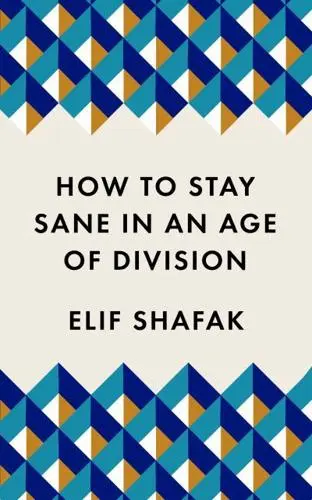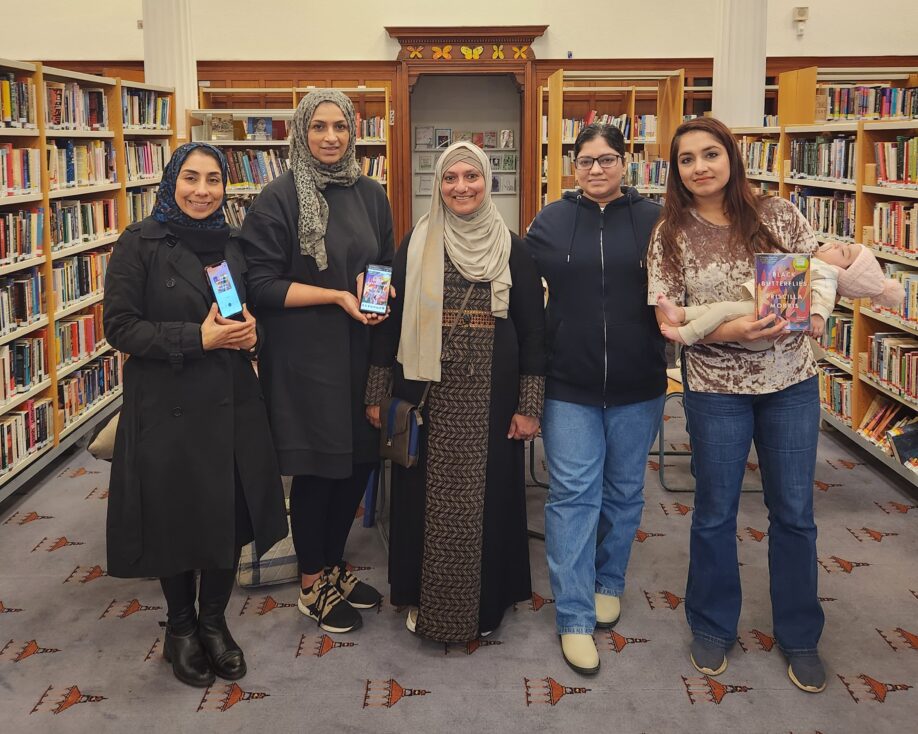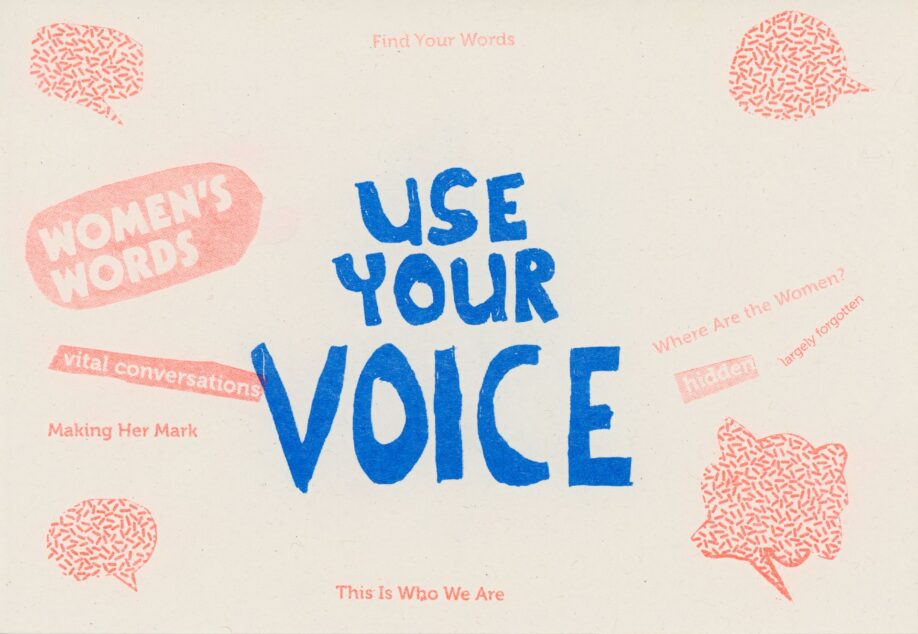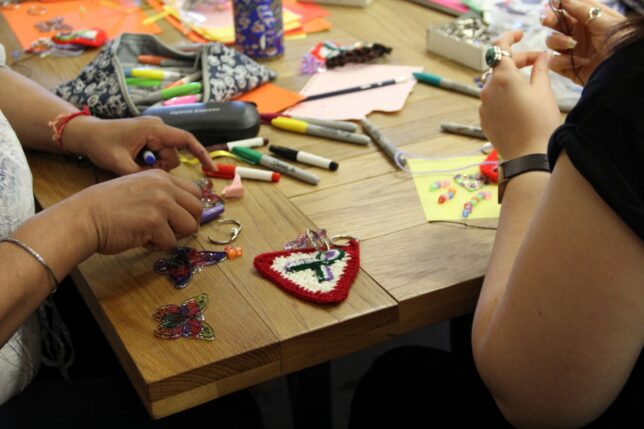This interview was gathered by our brilliant placement student Georgia Germani who spent some time researching Castlemilk Womenhouse in our archive and was able to make contact with one of the participating artists Val Murray.
I responded to an open call in Artists’ Newsletter (AN) by submitting a proposal for Womanhouse which was selected. I was an established artist working both individually, collaboratively and on public projects. I was already involved in various initiatives regarding women artists and public art, attending conferences etc, etc. I did not live in Glasgow.
I was there for I think about 5 weeks. I have described my impressions and interactions with Castlemilk and the work I made in my other notes. After Womanhouse for a time I continued an active practice along similar lines of referencing domesticity, women’s roles and uses of space. I took up a university lectureship that autumn. Projects with the collaborative team Tea often involved contributions from members of the public related to the places we worked in but in a much more structured way than at Womanhouse where they were primarily part of the context that informed the work. Care is always taken to be sensitive and not exploitative. Subsequently my work moved away from being so personally focused to broader issues of people and place and in particular more recently our relationship to the natural world. It has not been specifically focused on women’s issues.
My time there was a great opportunity to spend an intensive period developing a site specific work in a context I wouldn’t have had access to any other way. As a stranger it was impossible and would have been very presumptive to attempt to tackle the many issues of the estate so my focus on developing my own work felt like an appropriate response. The work I made related directly to many of my already existing concerns but I think the emphasis shifted more towards considering vulnerability than I had envisaged beforehand and this was direct result of being there. I was interested in the reactions of the local women but did not attempt to engage them any further. There are questions around how satisfactory this kind of sudden arrival of a stranger is, particularly in a difficult situation like Castlemilk. It would be dealt with differently now I expect.
I was not aware of the Library nor have I visited it. I had no further connection with it. I think in its time the Library had an important role and is a valuable resource raising the profile, concerns and credibility of work by women artists. Other groups have required similar attention.
The work which I made for Womanhouse, ’Visibility’, was an interactive installation which emerged directly from my previous work but responded to the specific setting of a room in a house on Castlemilk Estate. This vast overspill estate was an urban priority area in various stages of decrepitude and renovation. It was only 1/2 – 3/4 occupied at the time. Whilst I came from a feminist perspective my work did not start with political ideas as such but with my own experience and my human sized self looking out on the world with a sense of sadness and hope. The work evolved as I spent time there interacting with the space and the women from the neighbourhood. It was labour intensive. The installation created a space within a space. It was a resolved piece of work which dealt with things which are ambiguous and unresolved!
I was, of course, aware of Judy Chicago and LA Womanhouse and felt in some ways part of that lineage albeit more local and low key. Other references for my particular work included John Berger “…the raw material of repetition turned into shelter” set against Virginia Wolf’s “No human being should shut out the view”.
My first impressions of the place were of blandness, drabness, bare necessities, little evidence of lives lived there (in the house), things damaged, kids tearing around, insecurity. The room I chose to work in had two windows which became ‘destinations’ for a journey along an angled path from the door: a room as a chapter of a life. The path was lined with hanging ’ghosts’ of women doing mundane tasks, layers of insulating care, shelved representations or icons of objects which offered different ways of seeing, casts of ordinary things and a floor made of loose tiles which rattled and cracked as they were walked on. There was a tension between rhythms and unpredictability, between definition and transparency. On arriving at the window there was a view, albeit limited, of the world beyond. All the materials were fragile (paper, muslin, ceramic etc.).
It was an intense experience. I was unsure about a complete outsider landing on the estate to work. Local women, mostly single parents, some of whom had been abused, visited and talked about their lives and their responses to the work. They were all conscious of horizons beyond Castlemilk without knowing how to escape. They felt stuck but retained a sense of themselves, of humour and awareness without taking themselves too seriously. They were aware of dangers around them and feared for their children. They smoked, drank and laughed whilst being aware of people around them being on the edge. Of the work in the house they said it was ‘mind blowing’, life-saving’, ‘they never thought that art could be like that’, I’m going to take it up as a hobby’, ’a place were I can be myself’…..
I really can’t answer all your questions so I think you have to take from this what you can! Other people involved in setting up Womanhouse would be in a better position to answer the broader questions than me.
‘Visibility’: statement about the work written at the time
Women becoming visible
Treading an uncertain path
Lined by the ghosts of our lives
And frail traces of everyday things
We catch glimpses of ways of seeing
As we head for the view beyond.

